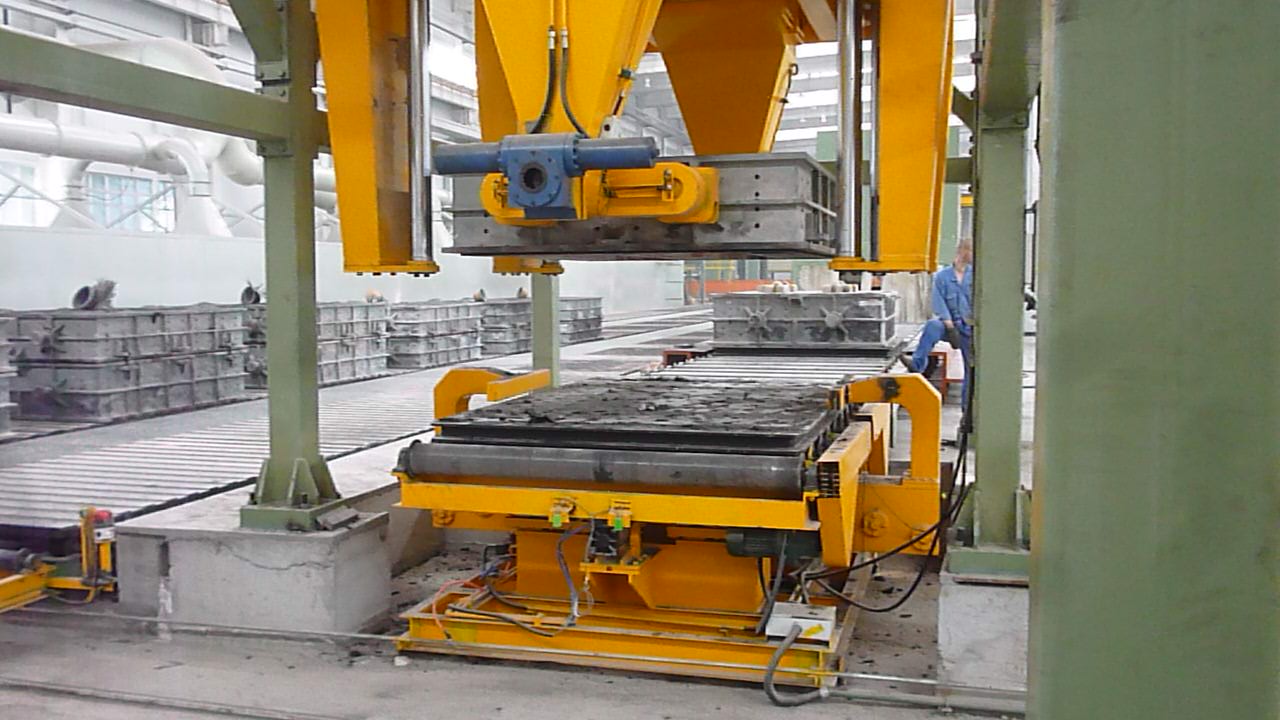- Afrikaans
- Albanian
- Amharic
- Arabic
- Armenian
- Azerbaijani
- Basque
- Belarusian
- Bengali
- Bosnian
- Bulgarian
- Catalan
- Cebuano
- China
- China (Taiwan)
- Corsican
- Croatian
- Czech
- Danish
- Dutch
- English
- Esperanto
- Estonian
- Finnish
- French
- Frisian
- Galician
- Georgian
- German
- Greek
- Gujarati
- Haitian Creole
- hausa
- hawaiian
- Hebrew
- Hindi
- Miao
- Hungarian
- Icelandic
- igbo
- Indonesian
- irish
- Italian
- Japanese
- Javanese
- Kannada
- kazakh
- Khmer
- Rwandese
- Korean
- Kurdish
- Kyrgyz
- Lao
- Latin
- Latvian
- Lithuanian
- Luxembourgish
- Macedonian
- Malgashi
- Malay
- Malayalam
- Maltese
- Maori
- Marathi
- Mongolian
- Myanmar
- Nepali
- Norwegian
- Norwegian
- Occitan
- Pashto
- Persian
- Polish
- Portuguese
- Punjabi
- Romanian
- Russian
- Samoan
- Scottish Gaelic
- Serbian
- Sesotho
- Shona
- Sindhi
- Sinhala
- Slovak
- Slovenian
- Somali
- Spanish
- Sundanese
- Swahili
- Swedish
- Tagalog
- Tajik
- Tamil
- Tatar
- Telugu
- Thai
- Turkish
- Turkmen
- Ukrainian
- Urdu
- Uighur
- Uzbek
- Vietnamese
- Welsh
- Bantu
- Yiddish
- Yoruba
- Zulu
វិច្ឆិកា . 04, 2024 12:34 Back to list
Custom Cast Silicon Aluminum Alloy Heat Exchanger for Enhanced Thermal Performance
The Role of OEM Cast Silicon Aluminum Alloy in Heat Exchangers
Heat exchangers play a crucial role in a variety of industrial applications, and their efficiency significantly impacts energy consumption and operational costs. Among the materials utilized for manufacturing heat exchangers, OEM cast silicon aluminum alloy has emerged as a preferred choice due to its outstanding properties and performance characteristics.
Understanding Silicon Aluminum Alloy
Silicon aluminum alloys are specifically designed to include silicon, magnesium, and aluminum in their composition. The addition of silicon enhances the fluidity of the alloy, allowing for intricate designs and shapes when cast. Moreover, the presence of silicon improves the alloy's corrosion resistance, thermal conductivity, and mechanical strength, making it particularly appealing in high-performance applications.
Benefits of OEM Cast Silicon Aluminum Alloy
1. High Thermal Conductivity One of the most critical requirements for heat exchangers is efficient heat transfer. Cast silicon aluminum alloys exhibit superior thermal conductivity compared to other materials, ensuring effective heat exchange between fluids. This property helps maintain optimal operating temperatures and enhances the overall efficiency of the system.
2. Corrosion Resistance Heat exchangers often operate in environments where they are exposed to moisture, chemicals, and other potential corrosive elements. OEM cast silicon aluminum alloys are naturally resistant to corrosion, which prolongs the lifespan of the heat exchanger and minimizes maintenance costs. This characteristic is particularly crucial in industries such as chemical processing, food and beverage, and marine applications.
oem cast silicon aluminum alloy heat exchanger

3. Lightweight Nature Unlike traditional metals such as copper or steel, silicon aluminum alloys are significantly lighter. This attribute contributes to the ease of installation and reduces the overall weight of the equipment. In sectors where weight is a critical factor, such as aerospace and automotive industries, the lightweight nature of these alloys can lead to substantial advantages.
4. Structural Integrity The mechanical strength of cast silicon aluminum alloys ensures that heat exchangers can withstand high-pressure environments. This durability reduces the risk of failures, leaks, and downtime, thereby improving reliability in critical operations. Furthermore, the alloy's ability to maintain structural integrity at elevated temperatures is essential for applications involving hot fluids.
5. Customizability As an OEM (Original Equipment Manufacturer) material, silicon aluminum alloys can be tailored to meet specific design requirements. This flexibility allows manufacturers to produce heat exchangers with unique geometries, optimizing space and improving efficiency in various applications.
Applications in Various Industries
The benefits of OEM cast silicon aluminum alloy heat exchangers extend across multiple industries. In the automotive sector, these heat exchangers are utilized in cooling systems, ensuring efficient temperature management in engines and transmission systems. In the aerospace industry, they contribute to the thermal regulation of aircraft systems, enhancing safety and performance. Additionally, in the HVAC (Heating, Ventilation, and Air Conditioning) industry, they are integrated into systems that require efficient heat transfer.
Conclusion
In conclusion, OEM cast silicon aluminum alloy is a standout material for heat exchangers, offering a blend of thermal efficiency, corrosion resistance, lightweight properties, and structural integrity. As industries continue to seek innovative solutions to enhance energy efficiency and reduce operational costs, the adoption of silicon aluminum alloys in heat exchanger manufacturing is likely to grow. With their wide-ranging applications and advantageous properties, these alloys are paving the way for future advancements in thermal management technology.
-
Custom Furniture Hardware Durable & Affordable Solutions Shop Now
NewsJun.01,2025
-
SRC Concrete Pipe Bottom Ring Durable & Customizable Solutions
NewsJun.01,2025
-
Machine Base Casting Solutions Custom & ODM Precision Castings
NewsMay.31,2025
-
Custom Cast Steel Pipe Mould Pallets Heavy-Duty & Custom Solutions
NewsMay.31,2025
-
Cast Silicon Aluminum Alloy Heat Exchanger Suppliers & Exporters
NewsMay.31,2025
-
Precision Die Casting Services Custom & Machining Parts Supplier
NewsMay.31,2025


